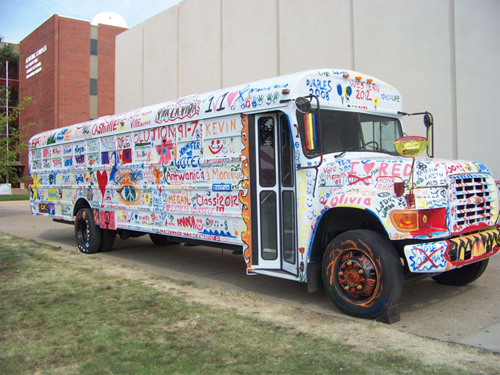Because of political pressure, President Lyndon Johnson signed the Civil Rights Act of 1964, ending segregation in places of public accommodation; restaurants, buses, stores, etc., and establishing anti-discrimination in hiring. Segregationists, however, found loopholes in the law and continued to exclude people based on the color of their skin.
Martin Luther King Jr. preached for a peaceable solution to racial inequality, and held marches in places like Washington D. C. and small towns like Selma, Alabama. A week after his assassination, April 4, 1968, President Johnson signed the Civil Rights Act of 1968, ending discrimination in housing . . . often called the Fair Housing Act. No longer could real estate agents deny an apartment or home to anyone based on skin tone (or gender, religion, family status, or disability [the act has been interpreted not to cover the gay/lesbian population]).
While the segregation of schools, in theory, ended with the Supreme Court 1954 decision, Brown vs. Board of Education . . . in practice, it continued. It required Supreme Court ordered busing, in 1971, to end the inequality between mostly black intercity schools and white suburban schools. Not everyone thought that busing was a good solution, and many urban parents formed private community schools rather than bussing their children.
In 1995 African-American men gathered in Washington D.C. at the Million Man March. The gathering was designed to raise awareness in the community and encourage involvement in the political process. Soon after, the Million Woman March shared those same goals with African-American women.
Racial inequality is still an issue.
~ Timothy Mullin









